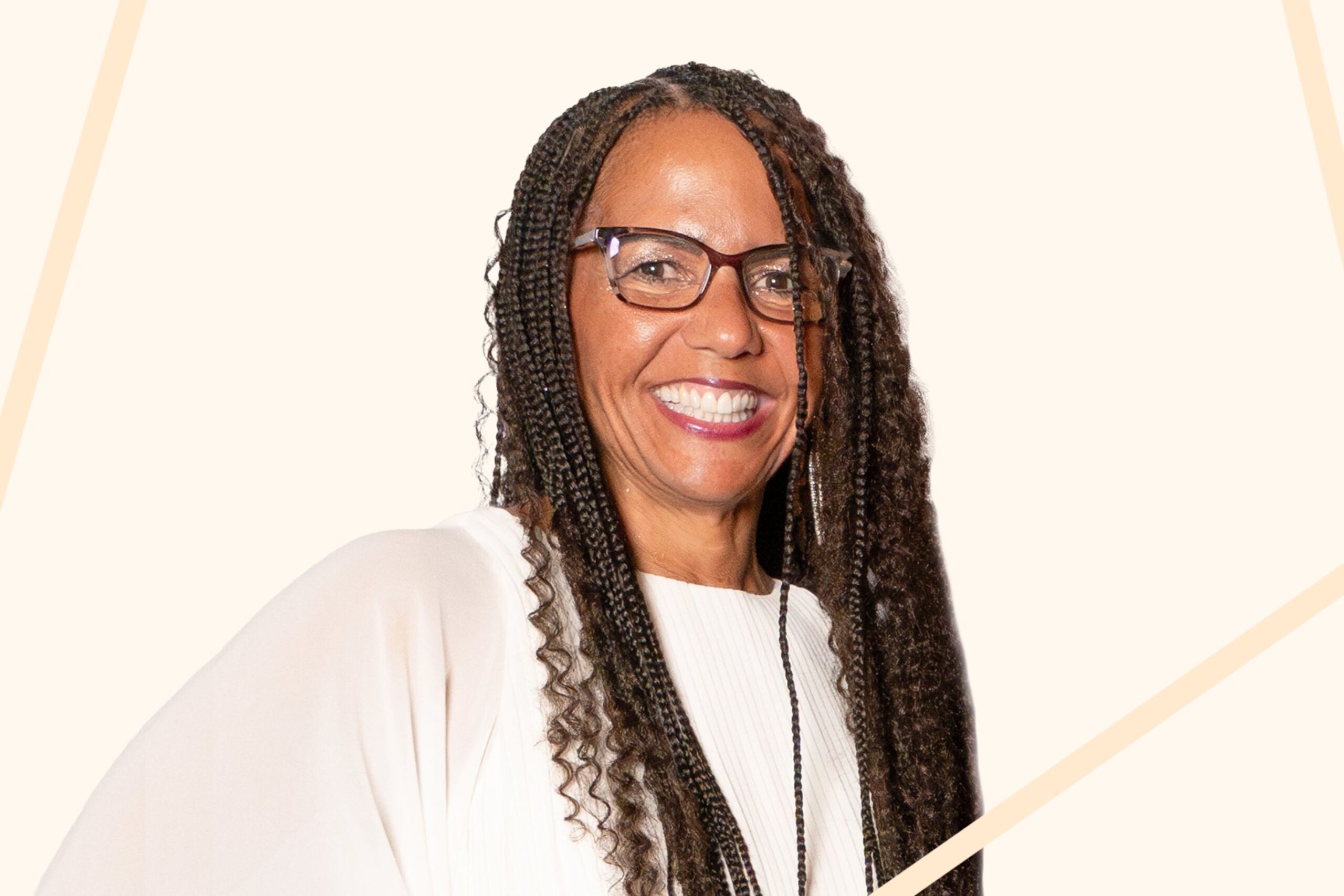
5 Common Leadership Search Mistakes
Nepotism, cronyism and favoritism are unfair, but extremely common practices that creep into leadership searches at organizations across the country. Often concealed as networking, they can lead to poor hiring decisions and work to accentuate and ingrain biases and inequities within an organization.
1. Launching the search confidentially
Organizations might want to start a search privately by tapping into their networks for the sake of efficiency and candidate quality. However, this approach can lead to a lack of accountability and a less diverse candidate pool. Skipping public announcements and externally facing materials that communicate the roles’ priorities or salary and benefits information also lacks transparency and can lead to inequitable evaluation and negotiation practices later in the process.
2. Limiting opportunities for stakeholders to provide input on candidate profiles
Without direct input from key stakeholders, including staff, community members, and the leadership team, an organization misses out on getting a broader perspective on the candidate’s perceived impact on the organization. Conducting a detailed needs assessment before posting a job opening enables an organization to align on how the candidate can support a shared vision for the future. It also helps solidify an organization’s values—and find candidates who share those same values.
3. Conducting “backdoor” references
Relying on information from mutual connections without a candidate’s knowledge or consent can sidestep important context and drive inaccurate or skewed assessments. Since backdoor references are typically conducted under the presumption of anonymity, references are often more likely to provide negative feedback, whether factual or not.
4. Not establishing a consistent process and approach for all candidates
An explicit and frequent form of favoritism is shortcutting parts of the hiring process for certain candidates, including skipping interview rounds, work sample requirements, references, and background checks. This approach puts candidates with a connection to the organization at an unfair advantage over those without an inside track. Skipping steps can also disadvantage internal candidates by providing them fewer opportunities to demonstrate their applicable skills and experiences beyond their current scope of responsibilities.
5. Prioritizing consensus and harmony on the hiring committee
Creating artificial harmony by agreeing, either explicitly or implicitly, to avoid conflict can undermine the goal of finding and hiring the best candidate for the role. Welcoming healthy debate about why someone is selecting or prioritizing a particular candidate is critical to unpacking and avoiding biases and assumptions that might unfairly influence the hiring committee’s decision-making.
What other mistakes have you witnessed? How do you ensure fair hiring practices at your organization? Share with us at cgreenberg@edgilityconsulting.com.





